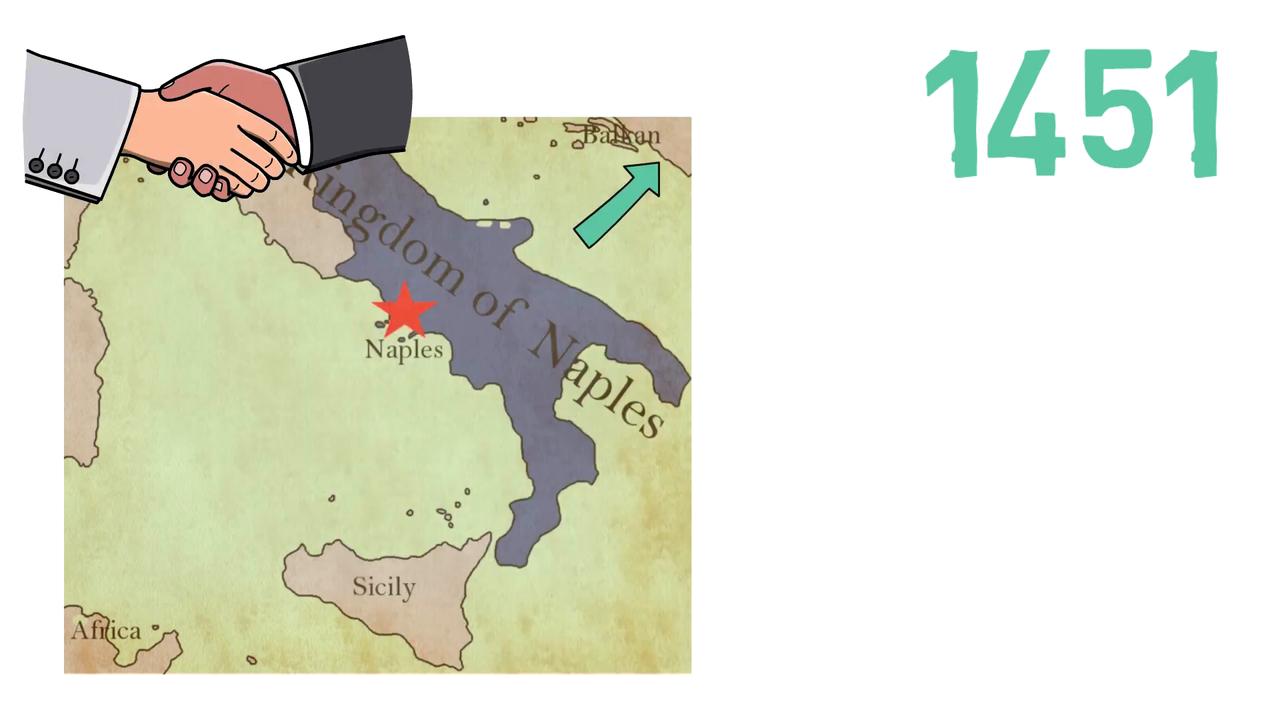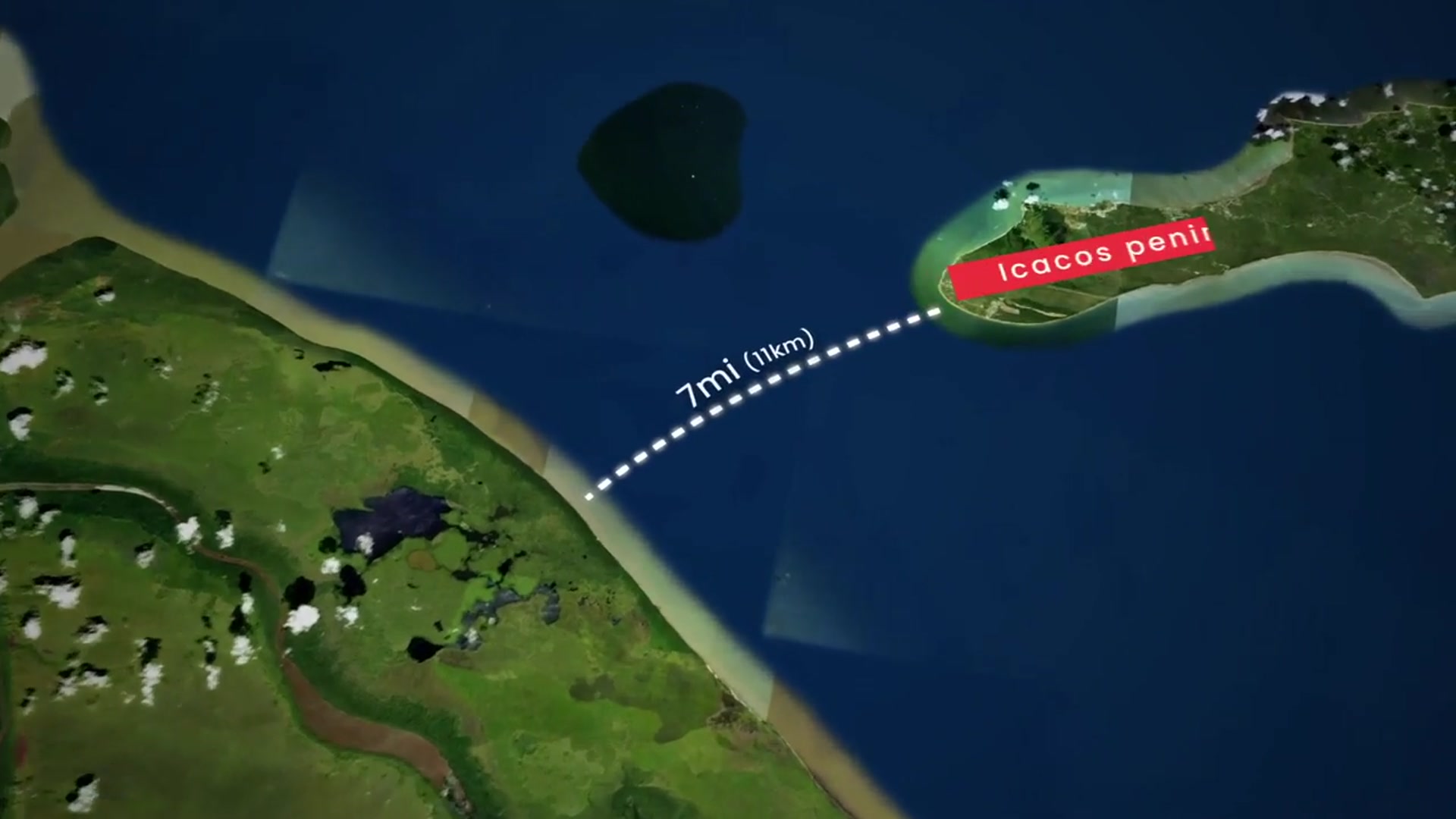History
The design of the Albanian flag can be traced back to the 15th century with the national hero of Albania, Skanderbeg, from the house of Kastrioti when he led a rebellion against the Ottoman Empire. Skanderbeg gained fame for his many victories against the Ottomans over a 25 year period, and was eventually proclaimed leader of an alliance between the Albanian nobility in 1444, which many believe to be the first form of an independent, unified Albania. He fought against the Ottomans until his death from malaria in 1468. Since then it has gone through many iterations, but still remains very close to the original Kastrioti coat of arms. For example, while under communist Soviet rule, a golden star was added above the eagle, which was removed in 1992 after a government vote.
 SPAIN'S FLAG - What Does It Mean & Represent?
SPAIN'S FLAG - What Does It Mean & Represent? Fun With Flags - Albania
Fun With Flags - Albania New Flag vs OLDEST Flag
New Flag vs OLDEST Flag Can I Name EVERY Flag That Contains TEXT?
Can I Name EVERY Flag That Contains TEXT? FLAG/ FAN FRIDAY TAJIKISTAN (Geography Now!)
FLAG/ FAN FRIDAY TAJIKISTAN (Geography Now!) Flag/ FanFriday ST. VINCENT AND THE GRENADINES (Geography Now!)
Flag/ FanFriday ST. VINCENT AND THE GRENADINES (Geography Now!) FLAG/ FAN FRIDAY SURINAME (Geography now)
FLAG/ FAN FRIDAY SURINAME (Geography now) TRINIDAD & TOBAGO FLAG/ FAN DAY! (Geography Now!)
TRINIDAD & TOBAGO FLAG/ FAN DAY! (Geography Now!) INCREDIBLE SOUTHERN ALBANIA ROADTRIP! *PART 1* (Permet & Korca)
INCREDIBLE SOUTHERN ALBANIA ROADTRIP! *PART 1* (Permet & Korca) Fun With Flags #14 - Flag of the U.S.A.
Fun With Flags #14 - Flag of the U.S.A.
Meaning
The red represents bravery, strength, valour and bloodshed, with the black eagle representing the sovereign state of Albania itself. Moreover, within vexillology double-headed eagles are associated with the concept of an empire, notable uses of double-headed eagles are seen back during the middle ages until today, in various areas of Europe and Asia from empires such as the Holy Roman Empire and the Byzantine Empire.
Bordering countries
Key facts
- Capital city: Tirana
- Population: 2,811,666
- Main Religion: Islam
- Languages: Albanian
- Currencies: Albanian lek (ALL)
- Country code:
AL - Area: 28748 km2
- Continent: Europe, Southeast Europe
- Latitude: 41, Longitude: 20
- Dialling code: +355
- Top level domain:
.al







